AO Edited
Catoctin Furnace
A pre-Industrial Age iron furnace and the site of a nearly-forgotten piece of Black history.
In the early 1770s, Thomas Johnson discovered an abundant source of hematite on the Catoctin Mountains of Maryland. However, the iron-bearing ore was not of much use without a place to smelt it, so Johnson and three of his brothers built the Catoctin Furnace to do just that.
Construction began in 1774, and the furnace came online in 1776 — just in time to start turning that hematite into cannons and cannonballs for the American revolutionary forces. Thomas Johnson had been a Maryland delegate to the Continental Congress where he was firmly in favor of American independence; thus, his fledgling manufactory allowed him to add a material dimension to the political support he had already lent to the cause. He also served in the Maryland militia and was elected as the state’s first governor in 1777; he later became an Associate Justice of the U.S. Supreme Court.
The location of the Catoctin Furnace was selected for its proximity not only to ore, but also to a stream that could drive the bellows as well as a forest that could supply charcoal. The demand on the forest was intense, as one acre of trees was required to produce a day’s worth of charcoal. The furnace produced pig iron, which served as the raw material for a wide variety of iron wares.
A second furnace was built in the 1850s, which also ran on charcoal; a third was built in 1873, which ran on coal. Operations finally ceased in 1903. During the Great Depression, the property was purchased by the Federal Government, and unemployed people were put to work to turn the industrially depleted land into a park. The northern half became Catoctin Mountain Park (home of Camp David), while the southern half became Cunningham Falls State Park (home of Catoctin Furnace).
In 1979, a previously unknown slave cemetery was unearthed just outside the Catoctin Furnace. The Maryland State Highway Administration hired a team of archaeologists to investigate the site, where they excavated 35 bodies.
Today, the Catoctin Furnace African American Cemetery represents what is thought to be the most complete African American cemetery connected with early industry in the country. More than 100 people who labored at the furnace and in the surrounding community were buried there. Many were enslaved workers, while others were members of the nearby free Black community.
In 2021, facial reconstructions were unveiled of two enslaved people who worked at the Catoctin Furnace: a woman in her 30s and a boy about 15 or 16 years old. The busts were created by sculpting clay around plastic reconstructions of the original skulls.
The Catoctin Furnace Historical Society maintains the site today, which includes the original structure and a second furnace (nicknamed “Isabelle”) as well as structures from the pre-revolutionary industrial village that sprang up alongside the furnace. A trail connects the museum to the cemetery, where signage is being added with the names of the enslaved that they’ve been able to find along with other historical information.
Know Before You Go
Visitors can see the facial reconstructions in the new Museum of the Ironworker, which is at 12610 Catoctin Furnace Road, Thurmont, MD 21788. It is open 10am-2pm on weekends and by appointment ($5.00 Suggested donation).




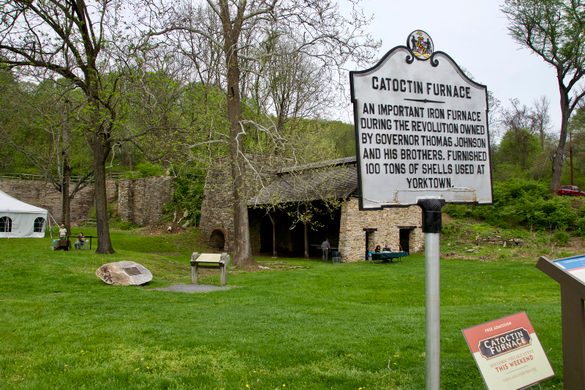
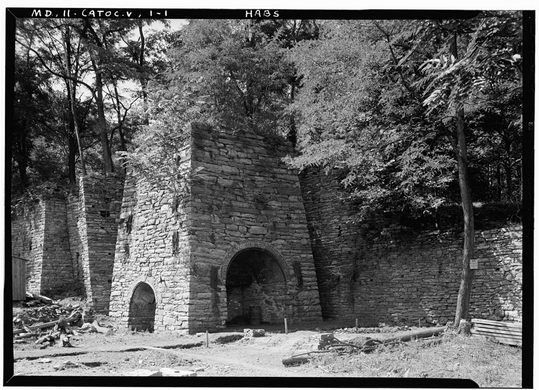
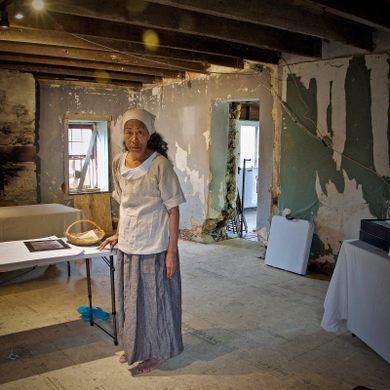

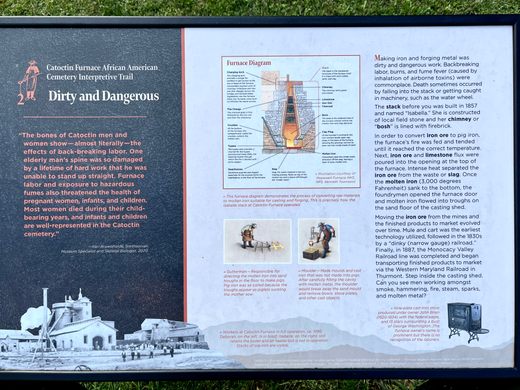
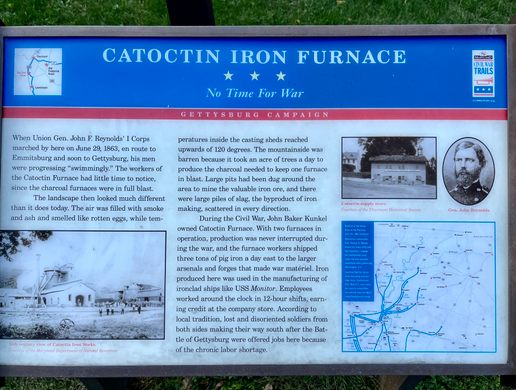
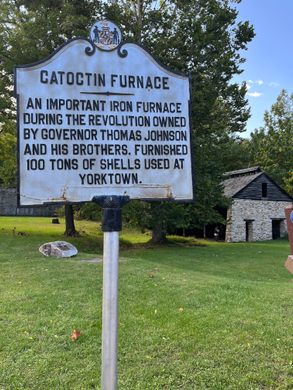






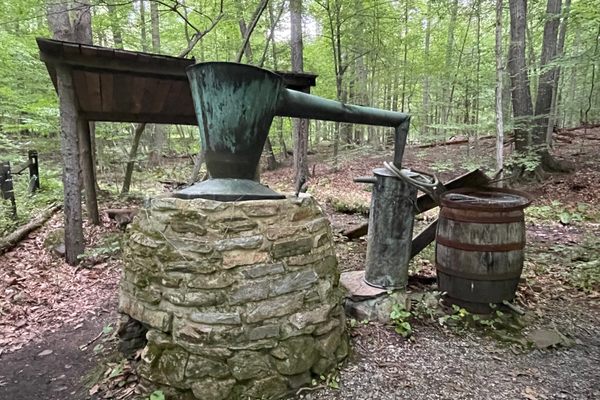



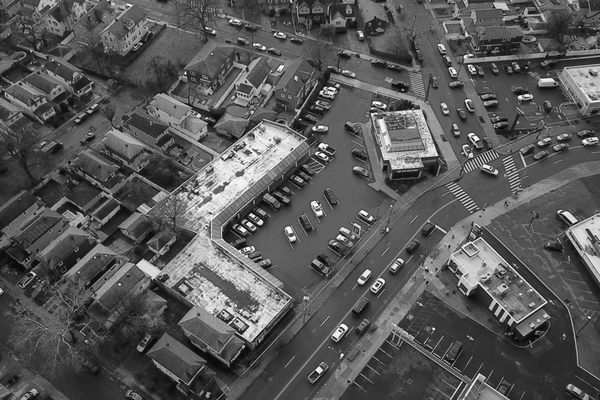




Follow us on Twitter to get the latest on the world's hidden wonders.
Like us on Facebook to get the latest on the world's hidden wonders.
Follow us on Twitter Like us on Facebook